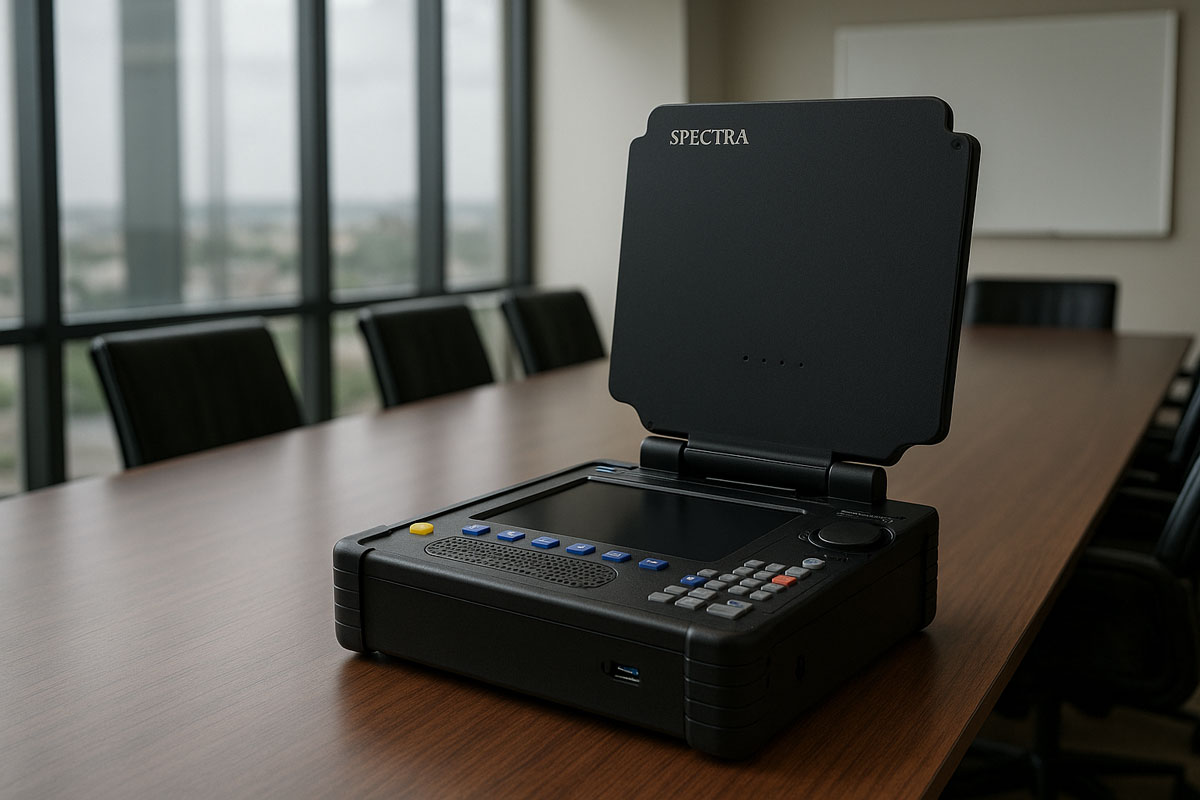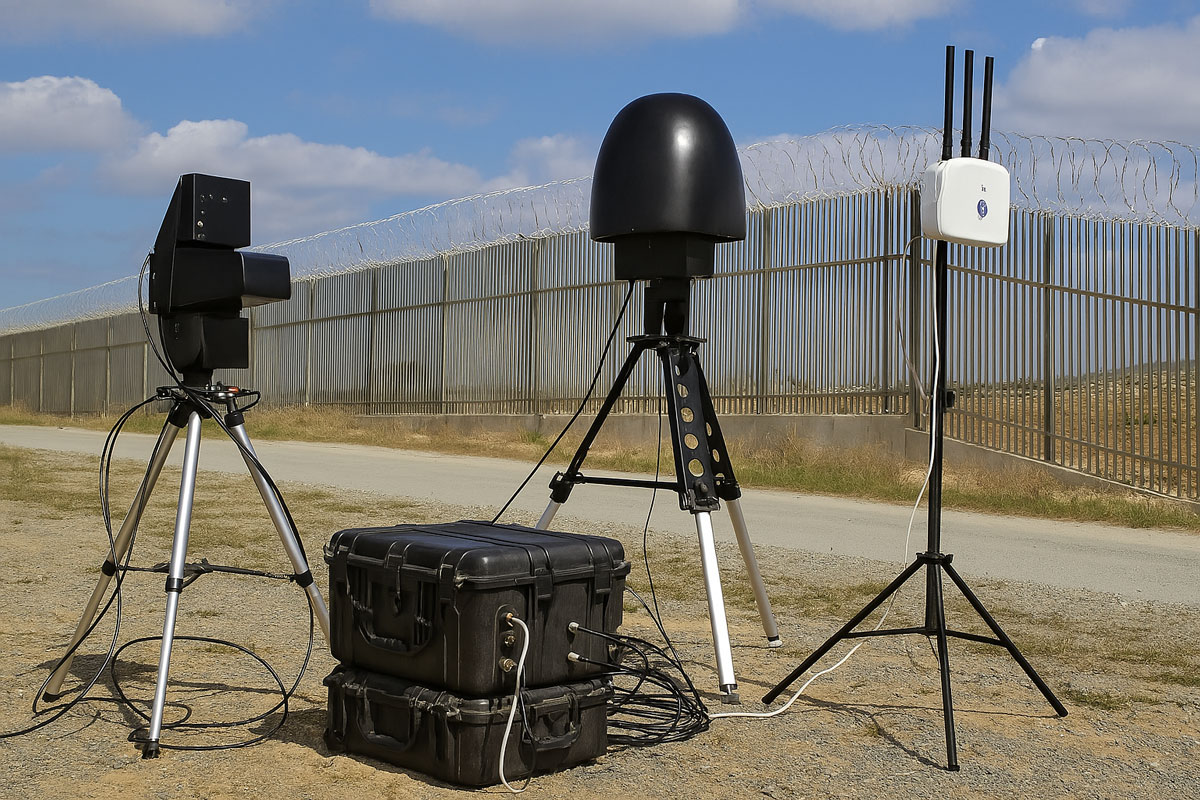Signal Analyzer – Advanced RF Spectrum Monitoring and Interference Detection
Phantom Technologies’ Signal Analyzer is a high-performance RF analysis tool designed to detect, visualize, and characterize electromagnetic signals across a broad frequency range. Engineered for professionals in counter-surveillance, telecommunications, defense, and RF engineering, the system provides detailed insight into signal activity in complex and high-interference environments.
Using passive scanning and digital signal processing (DSP), the analyzer identifies unauthorized transmissions, RF interference, and potential surveillance threats—offering a powerful capability for real-time spectrum analysis, site surveys, and sensitive environment protection.
Key Capabilities
-
Full Spectrum RF Scanning
Detects active transmissions across a wide frequency range—from kilohertz (kHz) to several gigahertz (GHz)—covering cellular, Wi-Fi, Bluetooth, VHF/UHF, and custom signal bands.
-
Detection of Hidden Surveillance Devices
Identifies and locates covert audio/video transmitters, bugs, and unauthorized RF emitters, even those invisible or inaudible to the human senses.
-
Accurate Signal Characterization
Measures frequency, amplitude, and phase of detected signals with high precision. Allows operators to distinguish between legitimate and malicious transmissions.
-
Advanced DSP and Analysis Features
Includes modulation analysis, signal demodulation, and spectrum occupancy monitoring to identify signal types and behaviors.
-
Interference & Vulnerability Assessment
Enables detection of interference sources and analysis of environmental vulnerabilities in sensitive communication zones.
-
Counter Surveillance Operations (TSCM)
-
RF Spectrum Management & Site Surveys
-
Communication System Integrity Audits
-
Military & Government Facility Security
-
Telecom and Broadcast Network Analysis
-
Detection of Illicit Cellular or RF Transmission
Phantom’s Solution
Our RF signal analyzer is developed as a passive, high-sensitivity receiver with real-time processing capability. It is optimized for scanning environments with dense RF traffic or high risk of covert monitoring. Designed to operate autonomously or as part of a wider electronic surveillance detection system, it is compact, field-deployable, and supports automated signal classification.
The analyzer is ideal for:
-
Locating active transmitters in secure zones
-
Performing routine sweep operations
-
Conducting regulatory compliance checks
-
Analyzing signal strength and spectrum usage
-
Wide frequency coverage: kHz to multi-GHz
-
Passive detection – does not emit RF signals
-
Signal demodulation and modulation recognition
-
Real-time display and signal capture
-
High-resolution spectrum visualization
-
Configurable for custom detection profiles
-
Portable and user-friendly interface
-
Compatible with secure environments
Why Phantom Technologies?
Phantom Technologies LTD develops and manufactures advanced RF monitoring and counter-surveillance systems for clients in defense, law enforcement, telecom, and strategic infrastructure sectors. With 20+ years of field experience and deployment in over 50 countries, our tools are trusted by professionals who require precision, discretion, and operational reliability.
*Phantoms has developed and manufactured a wide range of comprehensive, modular, and scalable active and passive solutions for different markets.







